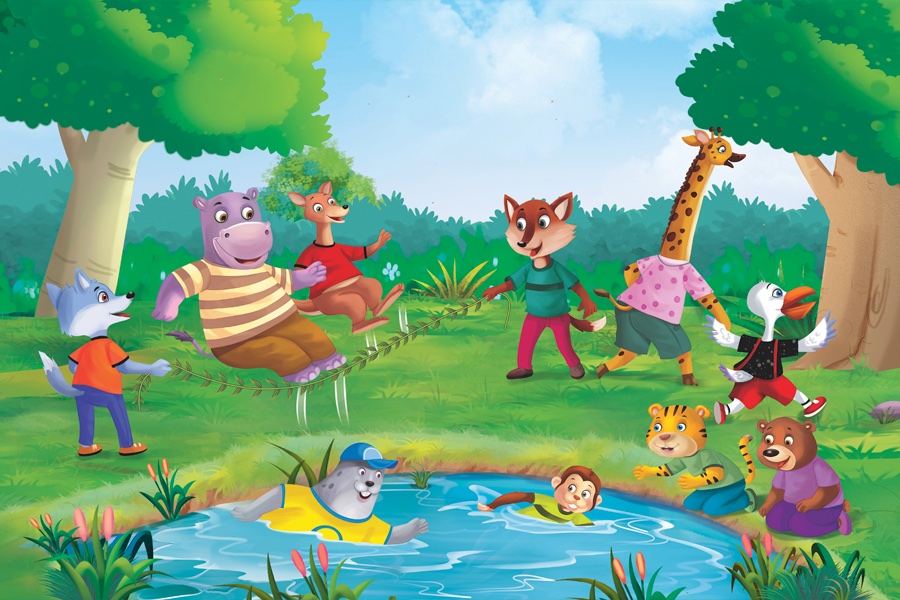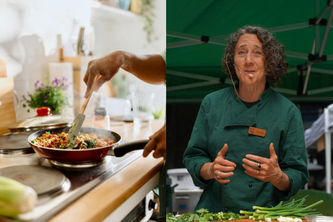
In the new illustrated children’s book “The Way We Play,” a group of young students—all familiar young animals—discover their various talents and shortcomings.
The otter swims effortlessly; the chimp, not so much. The jump rope foils the hippo, but it’s a breeze for the kangaroo. And the giraffe? She finds the “hide” part of hide-and-seek a bit challenging.
Co-authors Hugh Burke, a second-year U of M medical student, and Kylie Donohue, a former teacher, wrote the book to illustrate how everybody has different strengths and weaknesses and the value of teamwork.
The authors are naturals. Burke aims to become a child and adolescent psychiatrist, while Donohue has taught social and emotional learning to 4th-graders in Chicago. In the book, the pair speak through the beak of the students’ wise teacher, Ms. Owl:
You each have a game that you like or do best.
But please don’t forget to include all the rest.
We’re special and different in what we can do,
and from each of our friends, we learn something new.
...
When it's time to have fun, we cheer and we say,
everyone’s welcome, that’s the way we play!”
A digestible lesson in neurodiversity
Burke is involved in Neurodiversity in Medicine, a Medical School club.
“Initially, the idea was to do a book exclusively focused on neurodiversity,” he says. “I think this book still addresses that in its own digestible way for kids, but I do think [the themes of] teamwork and learning what we can from each other along with neurodiversity are heavy themes with the book.”
Burke hopes that readers, especially adults, realize that kids have inherent power. He says this book is about enabling youth and adults to see our youth as capable of learning and performing complex tasks.
“All proceeds from the sale of this book will benefit Ready Set Go Books, a project of Open Hearts Big Dreams, a U.S. 501(3)(c) which aims to increase the child literacy rate and love of reading in Ethiopia,” Burke adds.
Read the original story on the Medical School website.




